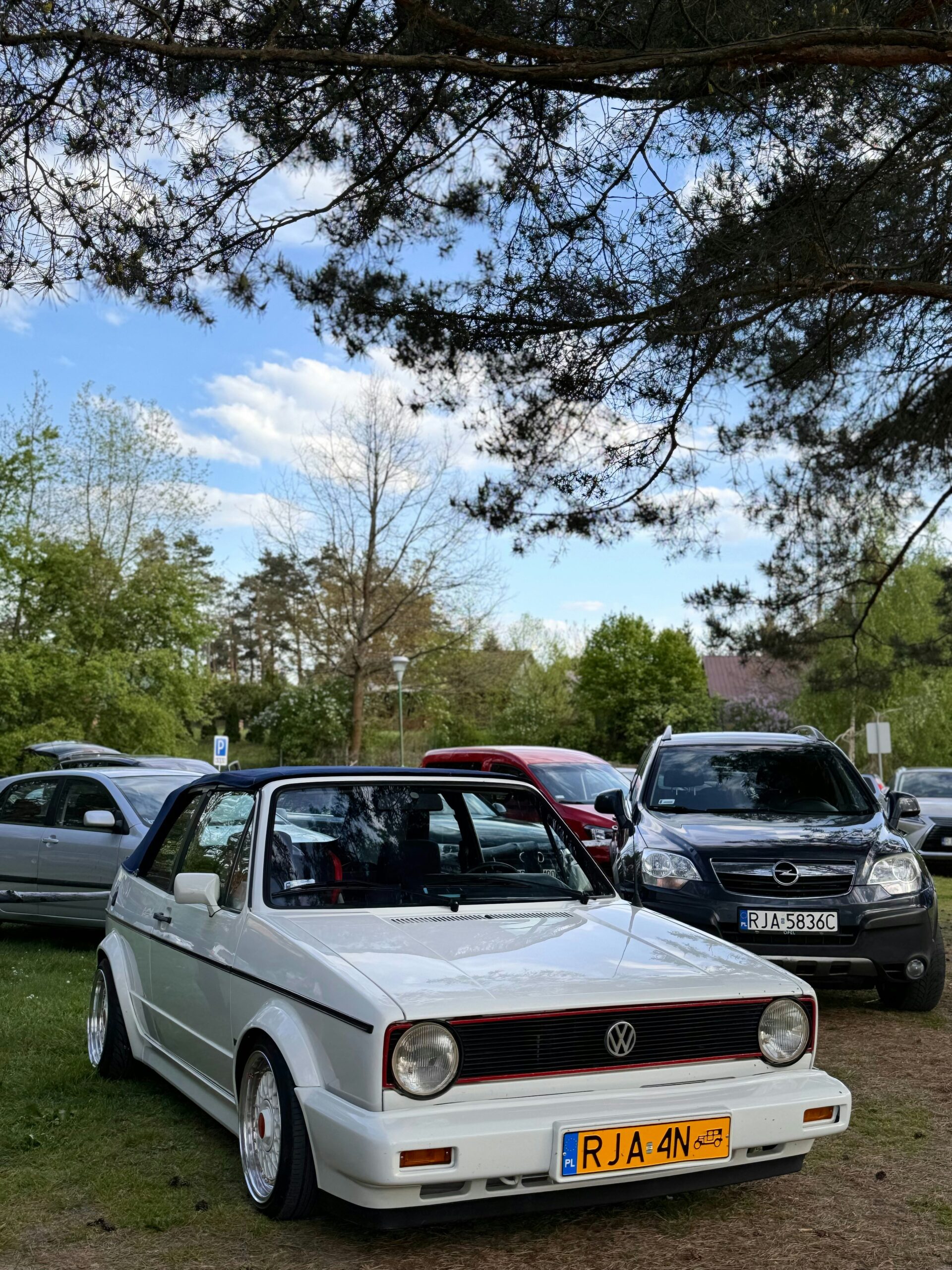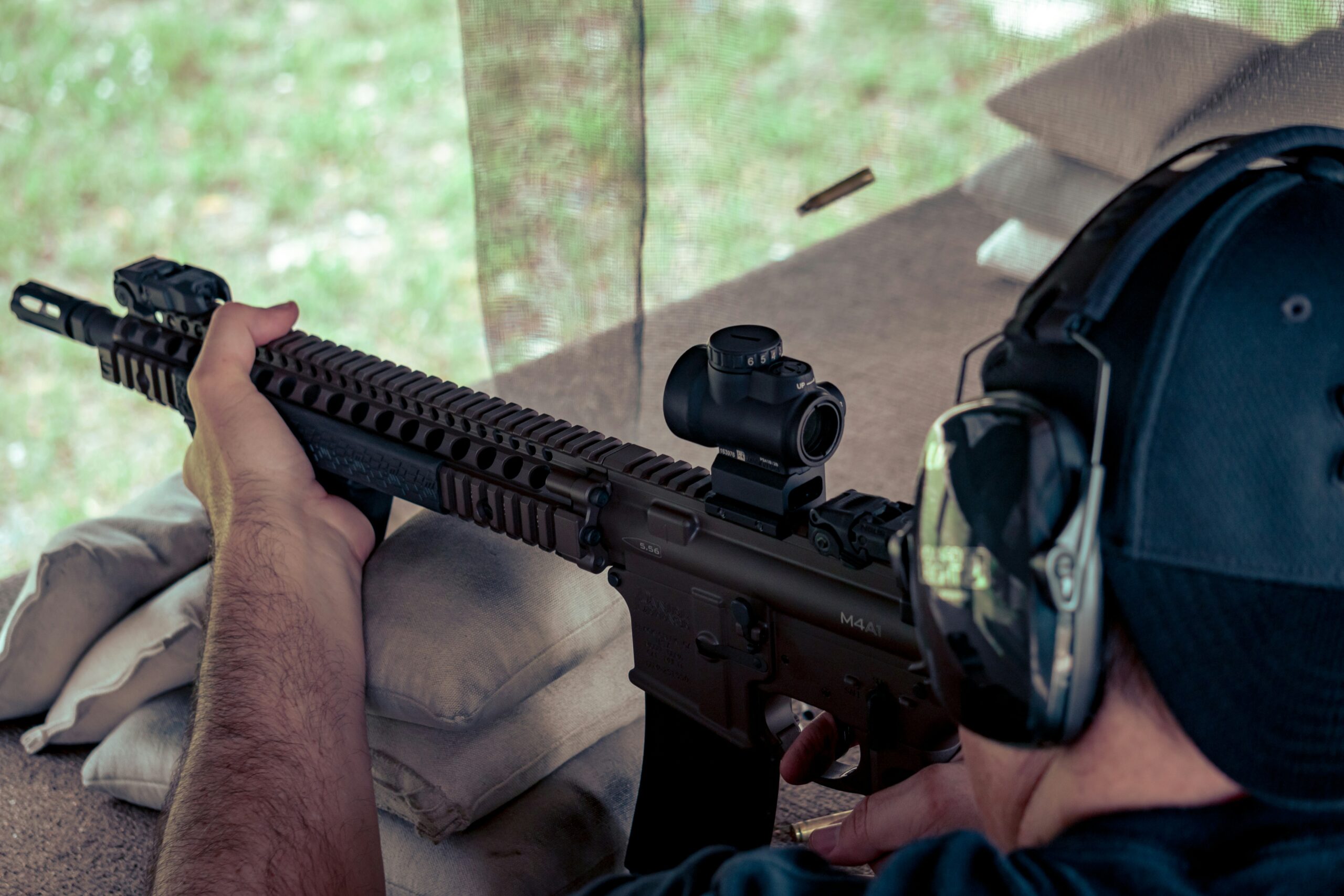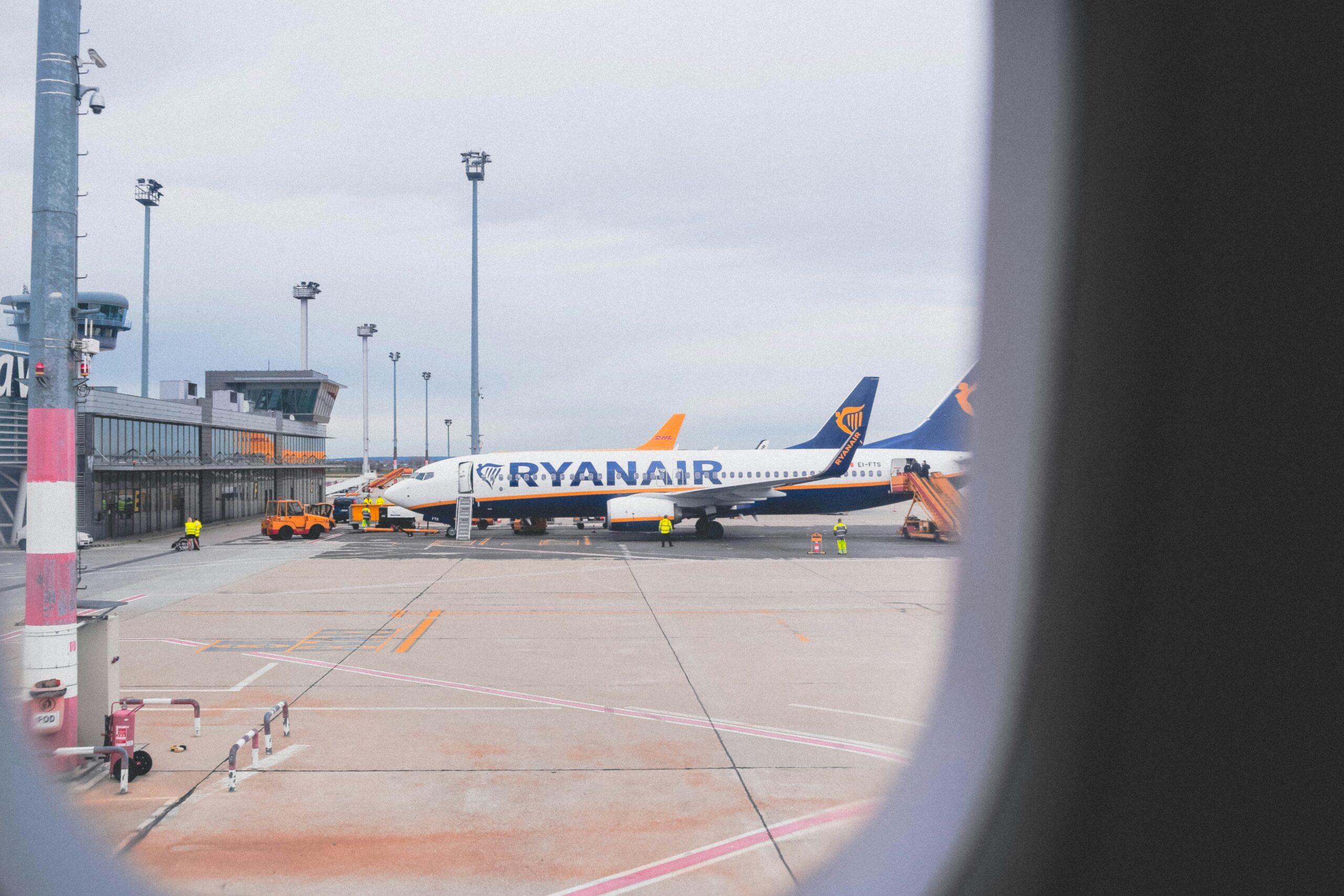Have you ever wondered about the maximum range of a spotting scope? Whether you’re an avid bird watcher, a marksman, or someone who simply loves observing nature, understanding the capabilities of your equipment is crucial. Spotting scopes are versatile tools that can significantly enhance your viewing experience, but their effectiveness largely depends on several factors. Let’s unravel the mystery and delve into what affects the maximum range of a spotting scope and how you can maximize its potential.
Understanding the Basic Concept of Spotting Scopes
Before we discuss range, it’s important to grasp the fundamental concept of a spotting scope. A spotting scope is a portable telescopic device designed for terrestrial observation. Unlike binoculars, spotting scopes provide higher magnification levels, enabling you to see distant objects with greater detail. Commonly used for bird watching, hunting, and astronomy, these scopes are essential tools for both amateurs and professionals.
Key Components of a Spotting Scope
To better understand spotting scopes, it’s useful to break down their key components:
-
Objective Lens: This is the front lens of the scope, responsible for gathering light. A larger objective lens allows more light to enter, which can enhance image clarity and brightness, especially in low-light conditions.
-
Eyepiece: The eyepiece magnifies the image formed by the objective lens. Variable eyepieces offer different magnification levels, while fixed ones provide a single magnification.
-
Prism: Prisms are utilized inside the scope to correct the orientation of the image, making it appear right-side-up and correctly oriented left-to-right.
Factors Influencing the Maximum Range of a Spotting Scope
Magnification Power
Magnification is a primary factor that affects how far you can see with your spotting scope. Magnification is typically denoted by numbers like 20x, 30x, or even higher. The first number represents how many times closer the object will appear compared to the naked eye. Higher magnification allows you to see distant objects in greater detail.
Example:
[ \begin{|c|c|} \hline \text & \text \ \hline 20x & \text \ 30x & \text \ 40x & \text \ \hline \end ]
Objective Lens Diameter
The diameter of the objective lens also plays a crucial role. Larger diameter lenses (e.g., 80mm, 100mm) gather more light, which not only enhances image brightness but also improves image clarity at greater distances. However, larger lenses can make the scope bulkier and less portable.
Atmospheric Conditions
Atmospheric conditions, such as humidity, temperature, and particulate matter between you and the object, can significantly affect the spotting scope’s effective range. On a clear day, with minimal atmospheric interference, you can achieve much better visibility compared to a foggy or smoggy day.
Quality of Optics
The quality of lenses and coatings on a spotting scope significantly impacts its performance. High-quality optics reduce light scattering and enhance image resolution, allowing you to see farther with greater detail. It’s worth investing in a scope with premium optics if maximum range is a priority for you.
Eye Relief
Eye relief refers to the distance from the eyepiece at which the image can be viewed comfortably. A longer eye relief is particularly important for those who wear glasses, as it ensures the entire field of view is accessible without straining the eyes.

Types of Spotting Scopes: Pros and Cons
Different types of spotting scopes cater to different needs. Understanding the pros and cons of each type can help you choose the right one for your specific requirements.
Straight vs. Angled Spotting Scopes
[ \begin{|c|c|c|} \hline \text & \text & \text \ \hline \text & \text & \text \ \hline \text & \text & \text \ \hline \end ]
Fixed vs. Variable Magnification
[ \begin{|c|c|c|} \hline \text & \text & \text \ \hline \text & \text & \text \ \hline \text & \text & \text \ \hline \end ]
Practical Tips to Maximize the Range of Your Spotting Scope
Optimal Setup and Stability
Ensuring your spotting scope is set up correctly is the first step in achieving maximum range. A sturdy tripod is essential for stability, as even minor vibrations can distort the image at high magnification levels. Consider using a heavy-duty tripod for added stability.
Adjusting for Eye Relief
Properly adjusting the scope for eye relief is crucial, especially if you wear glasses. Ensure you have a comfortable distance between your eye and the eyepiece while still obtaining the full field of view.
Fine-Tuning Focus
Achieving a sharp focus is key to maximizing range. Start by setting the scope to the lowest magnification and gradually increase it while fine-tuning the focus. This method ensures the best possible image clarity throughout the entire magnification range.
Using Additional Accessories
Accessories, such as high-quality filters and lens cleaning kits, can enhance the performance of your spotting scope. Filters can reduce glare and improve contrast, while regular cleaning ensures the lenses remain free from dust and smudges, providing a clearer image.

Frequently Asked Questions (FAQs) About Spotting Scopes
What is the difference between a spotting scope and a telescope?
Both devices serve the purpose of magnifying distant objects, but a spotting scope is typically designed for terrestrial viewing (e.g., bird watching, hunting), while a telescope is optimized for astronomical observation. Spotting scopes are generally more portable and easier to use during the daytime.
Can you stargaze with a spotting scope?
Yes, you can use a spotting scope for stargazing, although it might not provide the same level of detail as a dedicated astronomical telescope. Spotting scopes are excellent for viewing larger celestial objects like the moon or planets.
How does atmospheric distortion affect the maximum range of a spotting scope?
Atmospheric distortion, also known as “heat shimmer” or “mirage,” can blur the image and reduce visibility, particularly at higher magnifications. This phenomenon occurs when light passes through layers of air at different temperatures, creating a shimmering effect that distorts the image.
How do coatings on the lenses impact the performance of a spotting scope?
Lens coatings improve light transmission, reduce glare, and enhance image clarity. Multi-coated lenses or fully multi-coated lenses offer superior performance, making them beneficial for maximizing the range and clarity of your spotting scope’s view.
What magnification level is ideal for bird watching?
Magnification levels between 20x to 40x are generally ideal for bird watching. These levels provide enough detail to identify birds from a distance while maintaining a wide enough field of view to easily track their movements.
Conclusion
Understanding the maximum range of a spotting scope involves considering various factors such as magnification power, lens diameter, atmospheric conditions, and the quality of optics. By choosing the right type of spotting scope and following practical tips for setup and use, you can significantly enhance your viewing experience. Whether you’re identifying distant wildlife or spotting landmarks, a spotting scope, when used effectively, can take your observational skills to new heights.
Remember, the true potential of a spotting scope lies not just in its specifications, but also in how you use it. So, equip yourself with the right knowledge, and enjoy the unparalleled views that only a high-quality spotting scope can offer.

